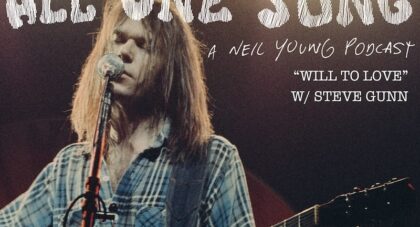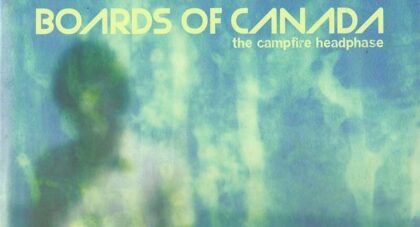The Clientele has been constructing gorgeous, buoyant psychedelic pop for more than three decades now, distilling the languid beauty of a late summer afternoon into whispery gems that hide surprising complications.Yet there has always been more to the Clientele’s art than wistful elegance, and never more so than I Am Not There Anymore, the band’s ninth full-length . . .
Only the good shit. Aquarium Drunkard is powered by its patrons. Keep the servers humming and help us continue doing it by pledging your support.
To continue reading, become a member or log in.


